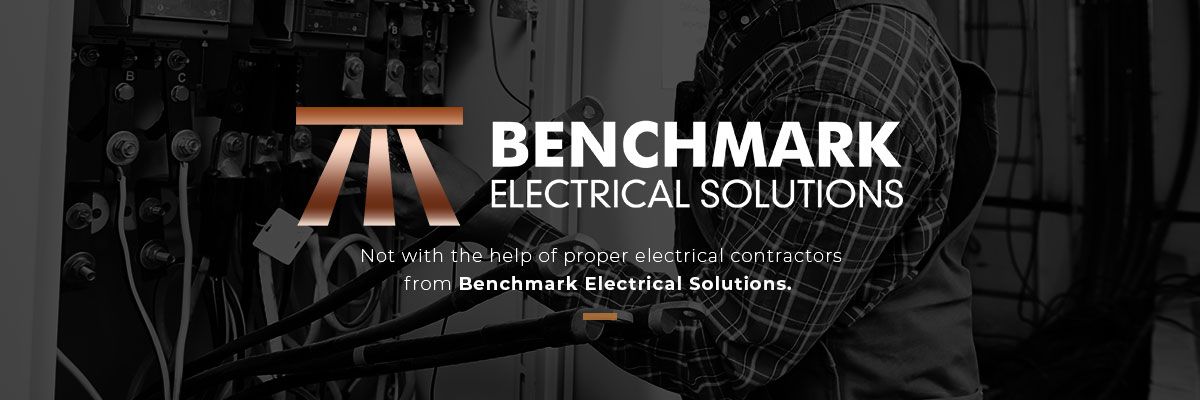Every business is governed by a number of protocols and controls that govern how they have to operate day-to-day. Sometimes it’s labor unions, sometimes it’s HIPAA, but regardless it’s always there.

Understanding the Protocols That Control Your Electrical Contractor

Obviously, understanding what those protocols are that control how your electrical contractor has to operate when you’re hoping for us to pull a rabbit out of our hat, as it were. In general, our protocols tend to refer, at least in regard to lighting and wiring for electrical lighting accessories, things like fulfilling product design guidelines and monitoring control devices and how effective that is. Let’s take a look at what governs how well your electrical contractor can work with you.

Product Protocols
Most of what an electrical contractor works on includes creating an electrical infrastructure that will support all of your equipment, obviously, or wiring it for the lighting you’ll need throughout the building. That being said, as lighting grows smarter and starts to become integrated with the internet of things, protocols are getting more and more complex and, at times, harder to follow. Protocols that exist at this moment to help us navigate through starting up, troubleshooting and integrating multiple control systems will continue to change in the coming years, but hopefully, only minutely.
Product protocols are indeed some of the hardest to navigate. Product protocols essentially come from the system manufacturer that is being installed and are proprietary to that manufacturer. That’s one of the reasons it’s difficult to mix-and-match components within a system, as you’ll have to at least use components that have been licensed by them for that system when making alterations and doing maintenance, even after the initial install.
However, even if it ties you, the owner of the building complex, to just a single vendor you’ll still be better off because if something is wrong with a component on an equipment level, that company will have to take sole responsibility for that broken piece. Rather than being able to state that you used non-protocol pieces that essentially would void the warranty. In the long run, choosing the electrical product company that your electrical contractor suggests is the smartest move. We’re not recommending them because we’re the most well-versed in their protocols, as we have to have an understanding of all the protocols at play, we’re recommending them because they’re the most reliable company. We wouldn’t force you into having to use a single vendor, if that vendor wasn’t trustworthy and reliable.

Open Protocols
Unlike product protocols, open protocols are, indeed, industry wide. These industry standards make some room for off-the-shelf products to be used without consequences on uncoordinated systems. So, if you’re purchasing parts that are open protocol, you’ll be able to mix and match from different companies and manufacturers. Most of the time, when a company permits an open protocol on their products, they likely change some of the components on a single product to make it more efficient than the competitor’s products to get a competitive edge. While this seems like a good bit of capitalistic competition, it’s actually somewhat hazardous when thinking of the longevity of your electrical infrastructure on your property. At times, protocols will be updated and altered, leaving some equipment that were previously compatible no longer compatible. Thus, staying with a single manufacturer’s protocols is often safer when possible to avoid your equipment falling behind or being outside the range of protocol down the road, when it was initially totally in-range at the time of construction.

Choosing A Product Line And Manufacturer
When your electrical contractor suggests a couple of manufacturers to you, it’s based on a variety of factors. Open or product protocol being only one of the few pieces to navigate. The suggestion will also be centered around the various degrees of its capability like power output, speed, if there’s specialized equipment needed, how the networking works currently and if it’s adaptable in the future as well as overall cost of these products. This huge variety of trade-offs makes tailoring a system to your needs much more difficult from time-to-time, which is why your most narrowed down needs must be addressed first and then secondary needs as we go, or else deliberating between systems could take far longer than needed.

Weighing Bluetooth
Wireless, is obviously on the rise, and certainly, the protocols we must follow while helping you make the best decision for your system for your building project is important and integral to measuring your need for this, and your building project’s need for future adaptability. A couple of top-of-the-line systems at this point offer “self-healing mesh” networking while providing compatibility with lots of different computing devices. It’s the newest thing on the horizon for the Internet of Things and is just now being fleshed out with the proper protocols to make it adaptable and reliable as it’s still in its infancy. Indeed, the issue with following protocol, or even creating an industry protocol for bluetooth and wireless implementations is that when most protocols are being made they rely heavily on physical connection (something that’s sparse in the realm of bluetooth) as well as the speed of messaging, addressing the different components and most importantly the “topology.” The term “topology” refers to how devices within a system interact with each other and addresses questions like “can these devices be connected with the same cable?” Making sure the various components and devices in your system can be recognized by each other and by outside devices, as well as how a system connects on a larger scale is all a complex matter that, while the technology exists, cannot yet be addressed.

Mixing Open And Proprietary Protocols
When a wireless control system is complete, it’s not unlikely for it to be a mix of proprietary and open protocols in its final component setup. Often times, the open protocol components allow for facility connections between different buildings, and proprietary protocols allow you to toggle your ground performance by area and needs. In fact, many electrical contractors believe that with the Internet of Things becoming so important in the day-to-day, that this is how the industry will proceed. The industry is starting to favor an abundance of good connectors that integrate easily and, indeed, do inspire that capitalist spirit of competition between manufacturers. We don’t know what the future might hold, but it will likely be full of digital control systems with better interconnectivity between manufacturers products.

Schedule A Consultation With Benchmark Electrical Solutions
Not sure what system will best suit your needs for your upcoming commercial building project? Our experts are very familiar with the difference between open and proprietary protocols, as well as mixing them if you’re trying to craft an adaptable control system of the future that will be able to grow with the industry’s best tech as it rolls out. Whatever your needs are, we’re here to help you explore your options and find the best option for you. Reach out to us to schedule an appointment with our electrical contractors today.
